Right well i had a load of waffle prepared, but then you wrote your last blog and it made me change my mind so i'm unsure whether i need to put it down now.... hmmm..... i think i will, unchanged so that it gives an idea of what i originally thought.
Your last post really helped to raise some pertinent issues with regards to both of our practices. First of all i'll respond to your work (the receipt work), i think it looks like the most contemporary pieces you've made to date, but i don't know what i feel about them, i don't really know what you're trying to say. Perhaps they are somewhere on the way to making a poignant point but for my tastes they're a bit clinical. they seemto be saying something about the figures you're interested in, falling, and thus between states of mind, particularly when placed alongside maps. but this is my quarrel, they "say" these things, linguistically. I'm thinking here of mike lill's degree pieceand how it succeeded in doing some of the things that these pieces of your's are just falling short of. It made me feel as well as think of being inbetween physical and psychological states. However i am glad that you stopped titling your work after classical characters, particularly when baring in mind what you have said about not having clear narratives.
I think there is a lot of potential in this new direction (the newest biro pieces, i believe are another step forward along this line, in fact i'd say that these really are interesting and have a lot more potential in breadth of meaning where the earlier ones are limited). Yet looking at the work has made me realise how difficult it is to unify these techniques that you are employing. I think you should look at gordon cheung's work, he paints enormous apocalyptic landscapes on top of financial times records. I think what he does is a lot simpler than what you're attempting in terms of context and subject but you may learn a lot by looking at his stuff.
What you have been saying has brought me back to looking at gerhard richter's 'the daily practise of painting'. last time i read this was in first year of uni, and if you've not read it you really should consider doing so, its basically the everyday diary of a painter. In the preface it is mentioned how different artists have used writing in different ways to inform their practise, barnett newman's major works were preceded by a lengthy period of writing, hans hoffmans was a didactic impulse, whereas richters runs parallel to the act of painting, accompanies it, questions it and is corrected by it. I found this knowledge to be extremely eye opening, i suppose because it puts the brakes on our bombastic pontificating about how we should use writing for our practice. there is, rather obviously, no correct way of accompanying the work, only what is right for the individual.
here's an extract from his writing. "strange though this may sound, not knowing where one is going - being lost, being a loser - reveals the greatest possible faith and optimism, as against collective security and collective significance. to believe, one must have lost god; to paint, one must have lost art"
i love this quote and suspect that whether you're conscious of it or not, i think you're attempting this exact process, in a way, to lose the shackles of your burgeoning knowledge and empty out your style. maybe thats codswallope.
Our Artwork
Subscribe to:
Post Comments (Atom)


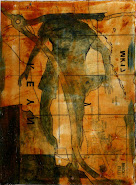

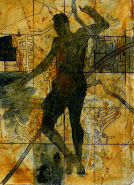

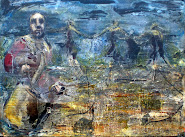

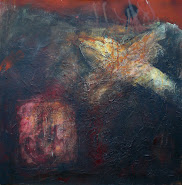

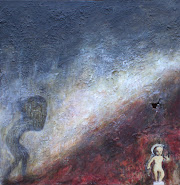

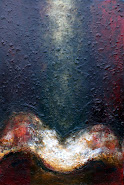

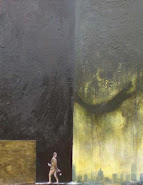



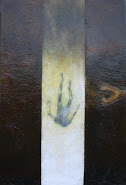





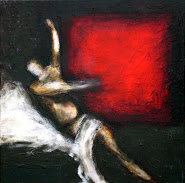


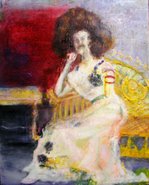
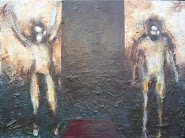


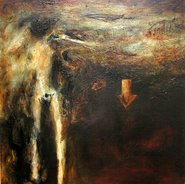
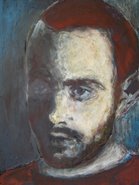
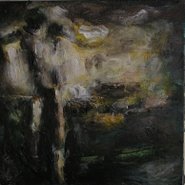
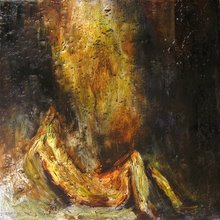
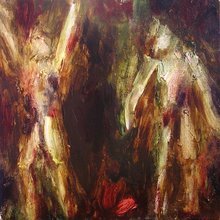
No comments:
Post a Comment